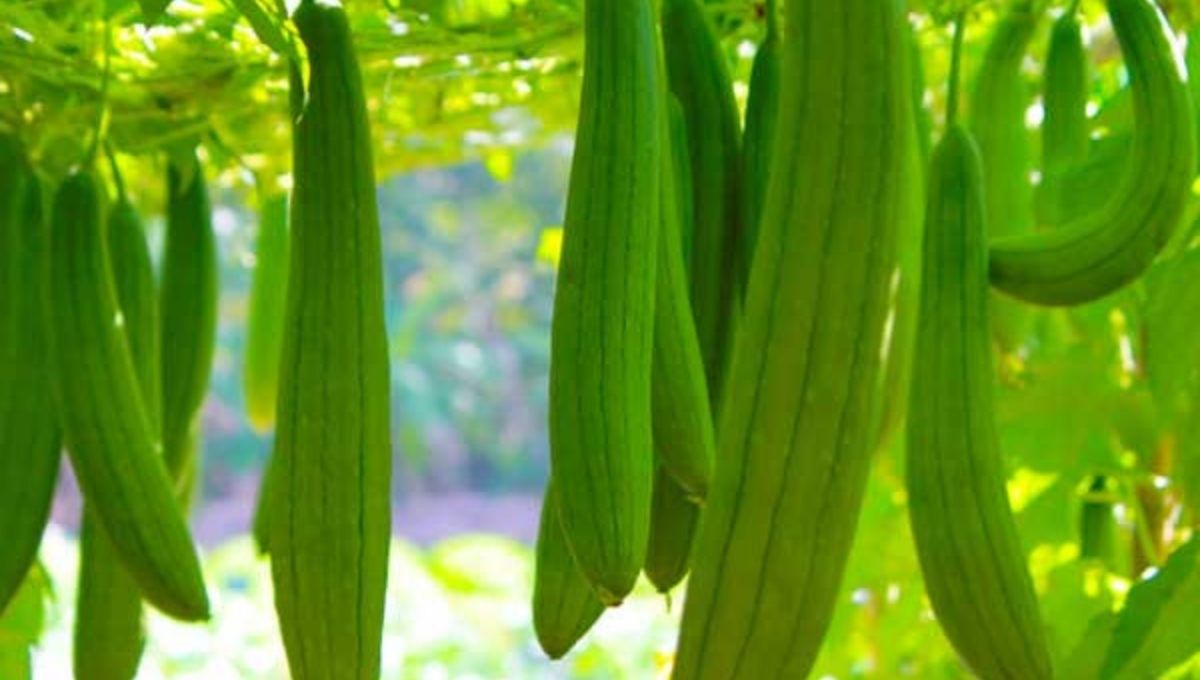When monsoon arrives with its refreshing showers, it’s the perfect opportunity to delve into gardening and grow your own organic vegetables. Shweta Panda, a seasoned gardener from Odisha, shares her insights on leveraging the rainy season to cultivate a range of vegetables effortlessly at home.
To kick-start the process, Shweta suggests preparing the right potting mix. She recommends mixing 50 percent soil, 30 percent compost, and 20 percent coco peat to prepare a potting mix that will ensure vegetables receive sufficient nutrition for growth. Adding homemade manure or vermicompost to this mix enhances the soil’s fertility.
She shares the top five vegetables that thrive in the rainy season.
1. Tomatoes
- Tomatoes are perfect for beginners. They can be grown in small containers.
- Cut small slices of tomatoes or simply add seeds to a small pot.
- Cover them lightly with soil and sprinkle water, maintaining consistent moisture.
- Water the plant regularly, but if the soil is moist, you can water at intervals of one or two days.
- Keep the seedlings out of direct sunlight and rainwater.
- As the plant grows, add homemade manure. You can prepare a natural fertiliser using fruit peels. Soak the peels in water for a week, then strain out the water and add it to the plants.
- Use cow dung fertiliser during the flowering stage.
- The tomatoes will be ready to harvest in about three months.
2. Pumpkin
- Pumpkins can be planted during July-August.
- Sow seeds in a seedling tray; the seeds will germinate within seven days.
- Transfer them to a large container as they grow.
- Plant only one sapling in a container. You can grow this vine crop in a 24-inch pot.
- Flowering will start in 30 days, and pumpkins will be ready to harvest in about 90 days from planting.

3. Ridge Gourd
- First, treat its seeds with fungicide.
- Take a disposable glass and fill it with a potting mix. Add two seeds in each glass.
- Sprinkle water on top and place a plastic sheet over it to boost the germination process.
- The seeds will sprout in three to four days.
- After 15 days, transfer the sapling into a larger container of 15-20 inches.
- The plant will start yielding in about four months.
4. Brinjals
- First, sow seeds in a seedling tray. Keep in mind that seeds should be sown an inch deep in the soil.
- The plant will be mature enough to be transplanted in a bigger pot in 20 days. Plant it in a pot of eight to ten inches.
- Keep it under good sunlight.
- Add organic fertilisers such as neem cake, mustard cakes, cow dung, and fruit peel manure to the plant every month.
- Brinjals will begin to grow in about two months.
5. Cucumbers
- Grow cucumbers in a pot of 15-18 inches.
- Sow the seeds in the soil and sprinkle water, maintaining moisture in the soil.
- Keep the pot in the shade initially. The seeds will sprout in a week.
- Now, keep the pot under direct sunlight.
- Keep watering the plant regularly.
- Start adding organic compost in the soil after a month.
- Flowering will start within 35-40 days and the cucumbers will be ready for harvesting in about 60-70 days.
While it is necessary to place vegetable plants under sunlight, Shweta says gardeners should protect plants from the harsh rays of the sun and secure them from strong winds and rainfalls.
So, what are you waiting for? Plant your favourite vegetables this rainy season.
Happy gardening!
Edited by Khushi Arora
No comments:
Post a Comment